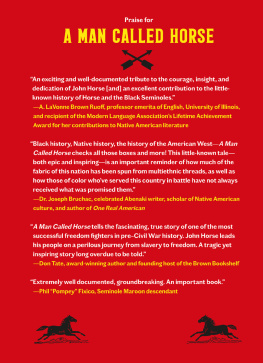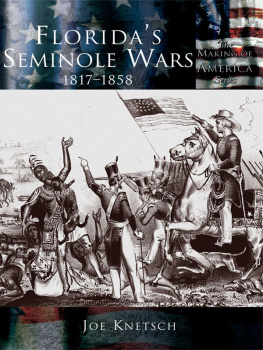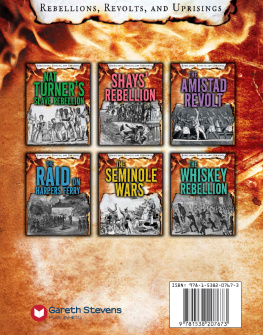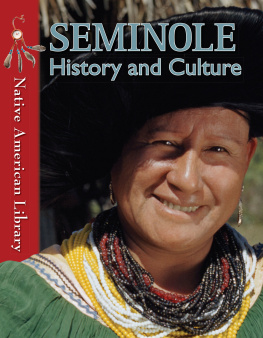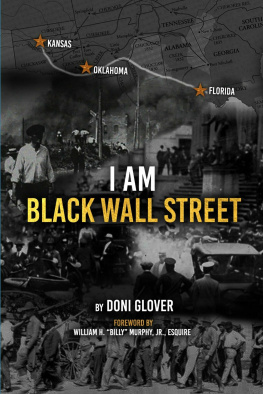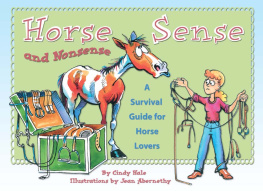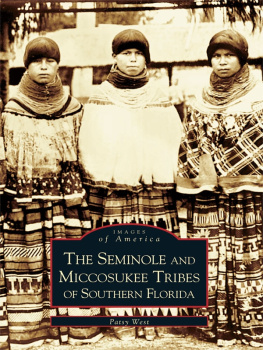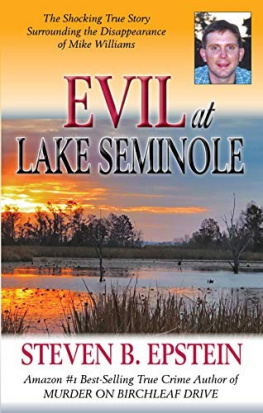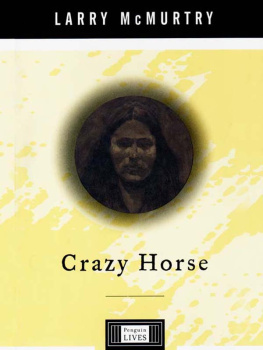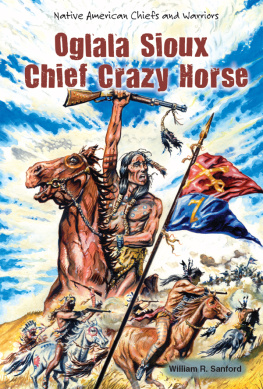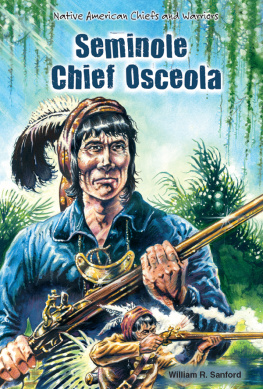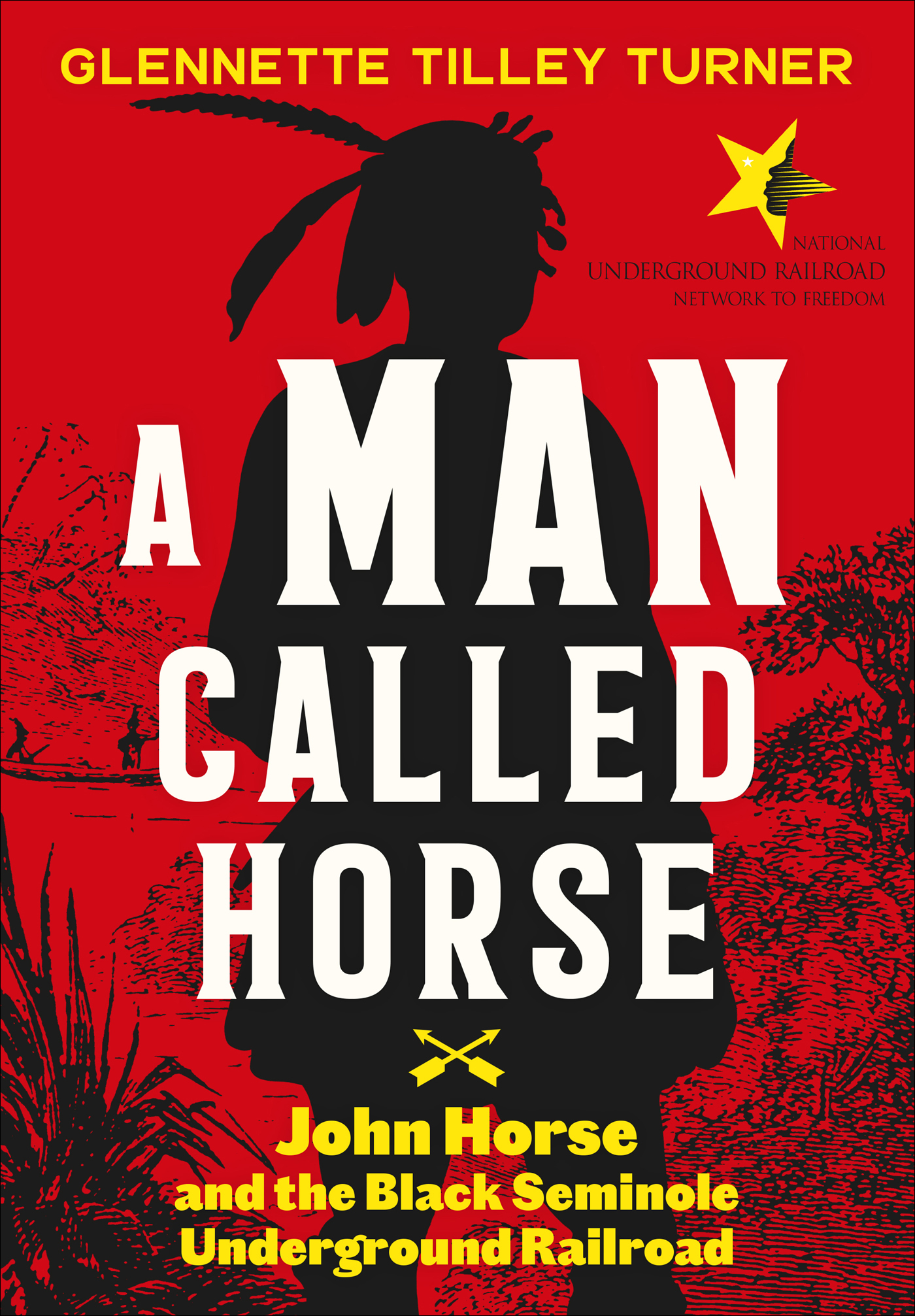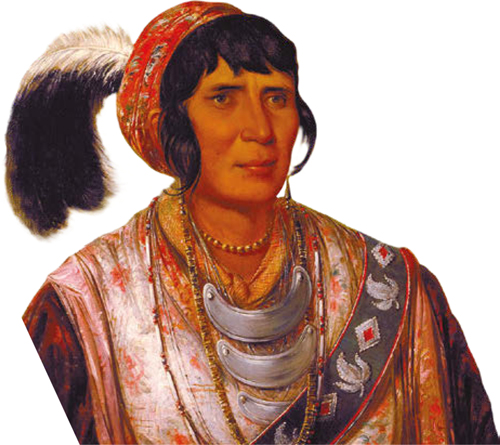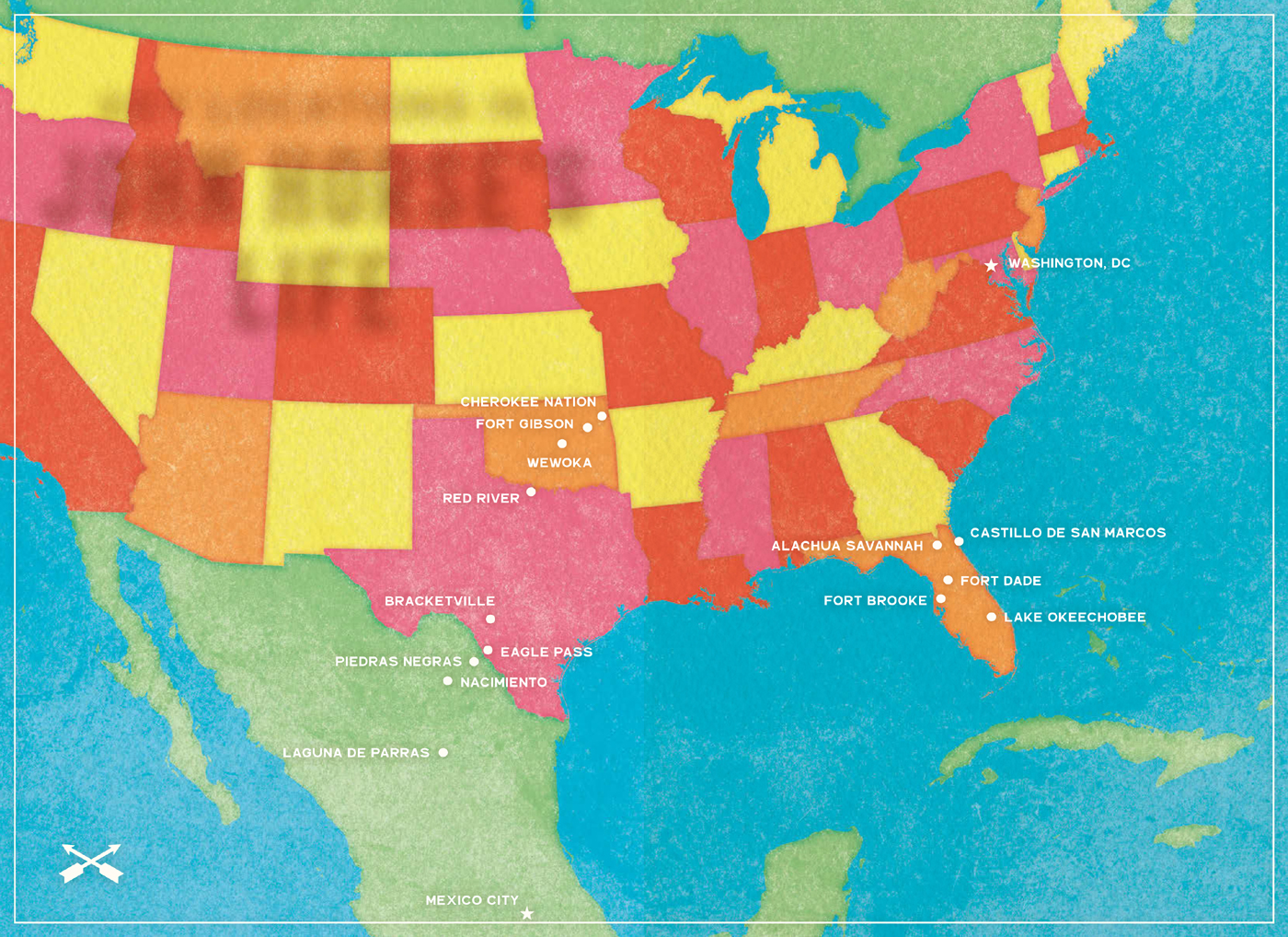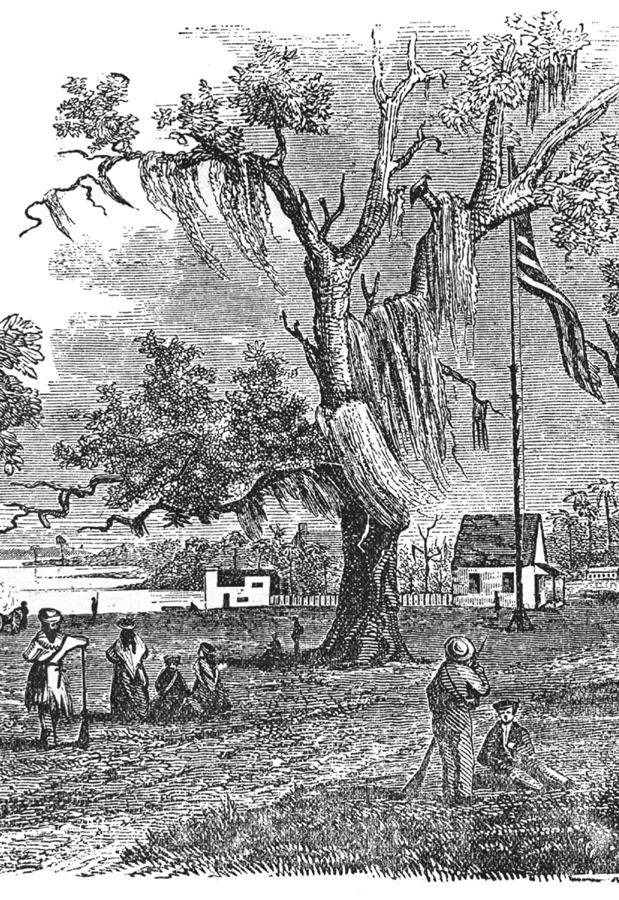Glennette Tilley Turner - A Man Called Horse: John Horse and the Black Seminole Underground Railroad
Here you can read online Glennette Tilley Turner - A Man Called Horse: John Horse and the Black Seminole Underground Railroad full text of the book (entire story) in english for free. Download pdf and epub, get meaning, cover and reviews about this ebook. year: 2021, publisher: ABRAMS, genre: Politics. Description of the work, (preface) as well as reviews are available. Best literature library LitArk.com created for fans of good reading and offers a wide selection of genres:
Romance novel
Science fiction
Adventure
Detective
Science
History
Home and family
Prose
Art
Politics
Computer
Non-fiction
Religion
Business
Children
Humor
Choose a favorite category and find really read worthwhile books. Enjoy immersion in the world of imagination, feel the emotions of the characters or learn something new for yourself, make an fascinating discovery.
- Book:A Man Called Horse: John Horse and the Black Seminole Underground Railroad
- Author:
- Publisher:ABRAMS
- Genre:
- Year:2021
- Rating:3 / 5
- Favourites:Add to favourites
- Your mark:
A Man Called Horse: John Horse and the Black Seminole Underground Railroad: summary, description and annotation
We offer to read an annotation, description, summary or preface (depends on what the author of the book "A Man Called Horse: John Horse and the Black Seminole Underground Railroad" wrote himself). If you haven't found the necessary information about the book — write in the comments, we will try to find it.
John Horse (c. 18121882, also known as Juan Caballo) was a famed chief, warrior, tactician, and diplomat who played a dominant role in Black Seminole affairs for half a century. His story is central to that of the Black Seminolesdescendants of Seminole Indians, free blacks, and escaped slaves who formed an alliance in Spanish Florida. A political and military leader of mixed Seminole and African heritage, Horse defended his people from the US government, other tribes, and slave hunters.
A Man Called Horse focuses on the little-known life of Horse while also putting into historical perspective the larger story of Native Americans and especially Black Seminoles, helping to connect the missing dots in this period. After fighting during the Second Seminole War (18351842), one of the longest and most costly Native American conflicts in US history, Horse negotiated terms with the federal government and later became a guide and interpreter. Forced to relocate, he led a group of Black Seminoles to find a new home, first heading westward to Texas and later to Mexico.
Turner worked with descendants of Horse who provided oral histories as well as many photographs and other artifacts. Her expertly researched and vetted biography depicts Horse as a complex, fascinating figure who served in many varied roles, including as a counselor of fellow Seminole leaders, an agent of the US government, and a captain in the Mexican army. But no matter the part he played, one thing remained constant: whether in battle or at the negotiating table, Horse fought tirelessly to help his people survive. The story of John Horse is a tale of daring, intrigue, and the lifelong quest for freedom.
The book includes black-and-white archival photos throughout (though the book is designed in full color), as well as a map, timeline, authors note, endnotes, and select bibliography.
Glennette Tilley Turner: author's other books
Who wrote A Man Called Horse: John Horse and the Black Seminole Underground Railroad? Find out the surname, the name of the author of the book and a list of all author's works by series.

